Printmaking Leader Integrating Eastern and Western
In Chen Ting-Shih's prints, we
can observe numerous influences from Chinese painting. The extensive use of
black immediately brings to black ink, and the juxtaposition of black with
other visible colors like white, yellow, red, and blue corresponds to
traditional Chinese colors that represent directions. Through the titles of the
works that connect with time and the universe, the images of the sun and moon
in the works can be constructed into abstract landscapes representing day and
night. This transformation is also present in Chen's totem prints, where the
totems are closely related to calligraphy and written characters. The typical
landscape patterns seen in traditional Chinese scroll paintings become lines,
neither resembling characters nor rocks and flowing water. This represents
Chen's unique artistic interpretation of Chinese art.
 |
| 陳庭詩 Chen Ting-Shih, 意志 1 Will 1, 1973, 甘蔗板版畫 cane fibre board relief print on paper, 62 x 62 cm, edition 1 of 25, courtesy of Each Modern |
Chen's most well-known prints
are, in fact, a convergence of various regions and eras. Printmaking entered
China from Europe in the 1930s, sparked by the advocacy of the renowned writer
Lu Xun, which led to the initiation of the "woodcut movement." As a
medium entirely distinct from traditional Chinese painting and oil painting,
printmaking once symbolized a departure from tradition and, for a significant
period thereafter, was utilized as a tool for political propaganda due to its
reproducibility. This characteristic resonates with Chen's early involvement in
the publishing industry.
Since the 17th century, Taiwan
has been cultivating sugarcane, and this industry has experienced fluctuations
throughout different periods. In the heyday of the sugar industry in Taiwan
during the 1950s and 1960s, the residual cane fiber boards after sugar
production became the material for Chen's woodcut prints. Unlike other
professional printing materials, the use of such inexpensive and readily available
material reflects Chen's daily environment and background. It serves as both a
microcosm of a specific era and an experimental feature of working with
materials with minimal constraints.
Amidst the trend of pursuing
modernization and the integration of Eastern and Western elements at that time,
Chen did not simply use oil colors to depict an ink wash appearance. Instead,
he uniquely employed printmaking techniques. These prints may lean more towards
the practices of Western hard-edge art, with perfect separations between color
blocks. However, in Chen's printing, this perfection in separation is an
acceptance of differences, reflecting the spiritual refinement that the artist
cultivated from his life experiences.
Pioneer of Asian Ready-Made Sculpture
In the early 20th century, Pablo Picasso and
Marcel Duchamp successively used ready-made objects as creative materials. As
modern art flowed into Asia, Asian artists began to explore the possibilities
of ready-made objects, with the most notable being the Japanese Mono-ha
movement of the 1960s. However, during the same period, Chen Ting-Shih, who had
already moved to Taiwan, also delved into the creation of ready-made sculptures
Inspired by Picasso's artwork "Bull's Head" (1942), Chen embarked on
an exploration of ready-made objects. As a former significant maritime hub,
Taiwan's maritime history dates back to the Ming and Zheng periods. After experiencing
Japanese rule and modernization in the 1950s, the rise of the shipbreaking
industry was facilitated by extensive manufacturing and the sinking of
warships, producing a surplus of shipwrecks in Taiwan. Similar to the cane
fiber boards of the sugar industry, these materials, rich in symbolic
representations of their time, became a source of inspiration for Chen's
artistic creations.
Chen's iron sculpture creations
reached their peak in the 1980s after he relocated to Taichung. Commuting
between Taichung and the shipbreaking industrial area in Kaohsiung, he
collected scrap iron and industrial waste, then welded and assembled them in
his studio. The rough iron pieces, covered in reddish-brown rust stains, might
seem solid and heavy, but in his compositions, they appear light and graceful.
Gears, iron chains, structures, egg cake molds, and unidentifiable objects –
they respond to the circles and lines in his prints and serve as the artist's
expression of the sun, moon, and stars. These seemingly cosmic symbols and
relics may also reveal the aspirations of humanity toward space exploration
during that time.
In the realm of Asian art, which
values craftsmanship and refined aesthetics, Chen's departure from intricate
techniques in his ready-made iron sculptures can be considered pioneering for
his time. He stands as one of the earliest Chinese artists in the realm of
ready-made art, setting him apart from other renowned Asian artists in this
genre. While Mono[1]ha emphasizes the
visual representation of raw materials and Nam June Paik's ready-made art
centers on conceptual expression, Chen's iron sculptures possess a more organic
quality. Each component appears to grow seemingly haphazardly, yet carries a
strong geometric consciousness, conveying the pure and tranquil essence found
in his prints. Most notably, Chen's iron sculptures retain traces of human
activities and historical heritage specific to a certain time and space.
Experiment with Acrylic on Paper
During the dominance of abstract
art by the United States during the Cold War, many Taiwanese artists ventured
abroad, marking a new chapter in Chinese art. As early as 1959, Chen Ting-Shih
was selected to participate in the São Paulo Biennial and continued to exhibit
there for several years. His international engagements also included important
print biennials and ink-themed exhibitions in the United States, Japan, Italy,
the United Kingdom, South Korea, and other countries. He emerged as one of the
most representative Chinese artists of that era on the global stage. In 1976,
Chen was invited to reside in the United States for a year. Apart from
exhibiting locally, he absorbed the diversity of Western abstract painting.
Upon his return to Taiwan, Chen began creating acrylic on paper that
incorporates Western pigments into traditional ink art. However, his color ink
works remained intertwined with printmaking, with similar color blocks and
recurring circles consistently showcasing the artist's consistency. It is a
representation of the cyclical nature of all things in the passage of time, and
a reflection on the potential expressions within Chinese ink art. From
printmaking to color ink and iron sculpture, Chen continued to stimulate
himself through various artistic mediums, each evoking different chemical
reactions within his creative process.
The Artist in the Era of Great
Changes Chen Ting-Shih (1913-2002), witnessed significant transformations in
Chinese modern history during the first half of his life. Born in 1913 in
Changle, Fuzhou, Chen experienced a childhood marked by deafness due to an
accident. He graduated from the Shanghai Academy of Fine Arts (now Nanjing
University of the Arts). During the Sino-Japanese War, he used cartoons as a
means of artistic expression. In 1945, Chen moved to Taiwan, where he continued
his involvement in the publishing industry through cartoons. In 1947, he became
a witness to the turbulent times in Taiwan and maintained himself as a quiet
and contemplative existence over the following decade. In the late 1950s, as
the Ton Fan Group and the Fifth Moon Group that Chen joined later sought to
subvert traditional ink painting, Chen, who focused on woodblock prints,
collaborated with artists like Qin Song, Li XiQi, and Yang YingFeng to
establish the Chinese Modern Printmaking Group. They brought a more modernistic
approach to printmaking from Taiwan to the international stage, participating
in events such as the São Paulo Biennial and various.

.jpg)
influential printmaking biennials
worldwide. By the late 1960s, Chen ventured into sculpture by using found
materials. One of his most well-known endeavors was visiting the shipbreaking
industrial zone in Kaohsiung, where he collected discarded ship parts to use as
materials for his sculptures. This marked a significant shift in his artistic
practice, showcasing his ability to adapt and innovate across different mediums
and materials.
The social upheavals that Chen
experienced infused his works with a sense of effortless grandeur: the
restrained and profound linocuts with minimal abstract color blocks eloquently
speak of the harmony between all things and the passage of time; the totem prints
emphasize the importance of Eastern lines while detaching from the narrative
text of the symbols; the rough ready-made sculptures, a pioneering effort in
Asia at the time, naturally and effortlessly reconfigured their appearances.
In 2002, Chen passed away in
Taichung, leaving behind a rich number of prints and sculptures. Today, there
is a growing interest and continued research into Chen's works. In an era
dominated by representational art reflecting contemporary issues, Chen's
creations, interpreting the perception of the universe through abstraction and
Eastern impressions, stand out as a rare and pure expression that is almost
vanishing in the contemporary art scene. This underscores the significant
spiritual value of his works in the present day.
Chen's works are collected by
numerous prominent private collectors in Taiwan and are also part of the
collections of major institutions such as the Taiwan Museum of Fine Arts,
Taipei Fine Arts Museum, Kaohsiung Museum of Fine Arts, and Citibank Taiwan. Internationally,
institutions that collect Chen's works span a wide range, including the
Rockefeller Foundation, Cincinnati Art Museum, ABN AMRO Hong Kong, Chase Bank
Hong Kong, IBM Corporation, and various other art and non-art institutions. In
the international auction market, major auction houses have successfully sold
works by Chen, with Sotheby's several dedicated auctions. His auction record
reached its peak in terms of total sales and prices in the year of 2020.
Each Modern is pleased to present a solo booth by Chinese artist Chen Ting-Shih at the "Insights" sector of 2024 Art Basel Hong Kong.
Chen’s art traverses the realms of poetic contemplation and found materials, pioneering a distinct Eastern expressiveness through printmaking, iron sculptures, and color ink paintings.
Artblogazine
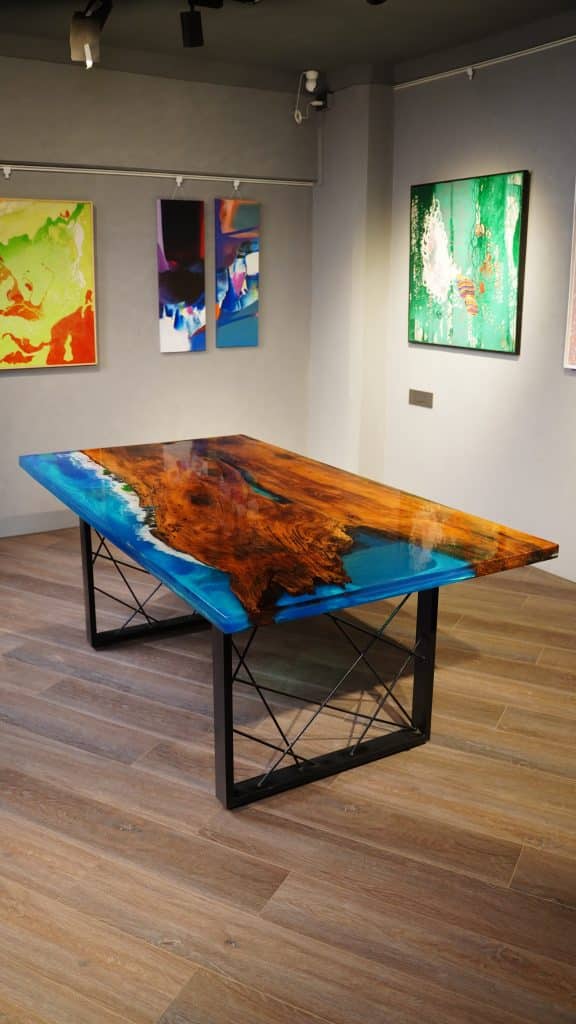
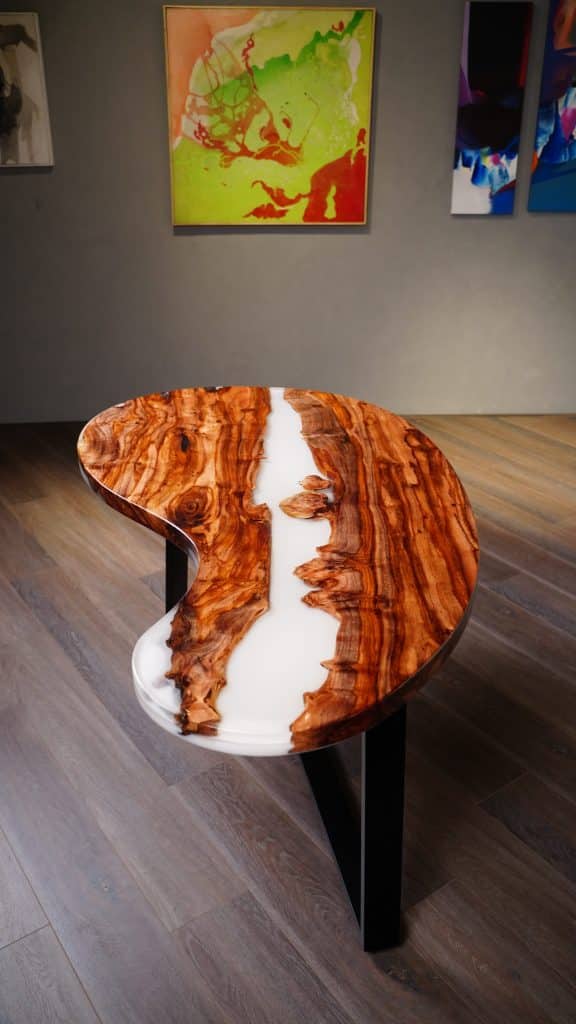
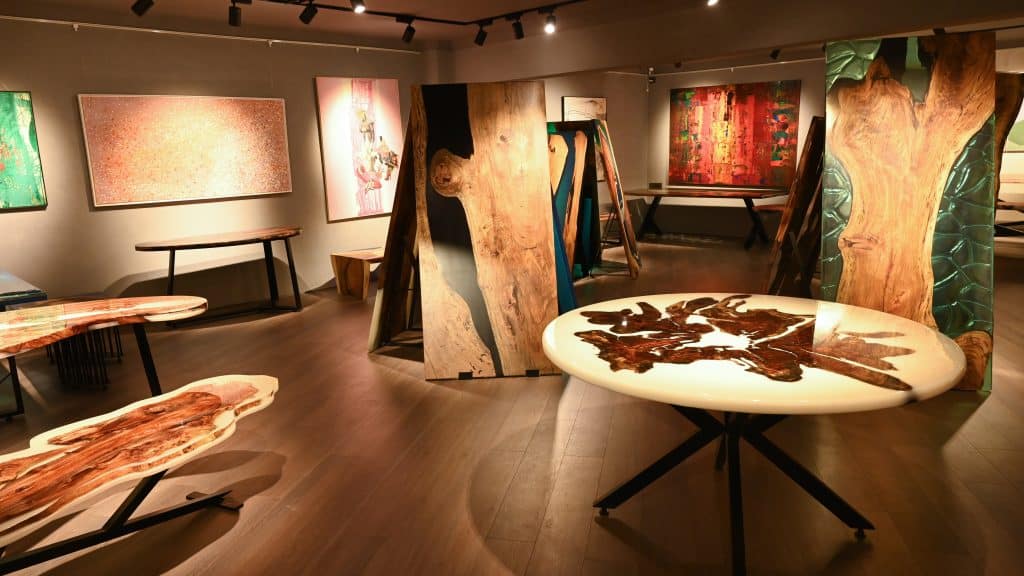
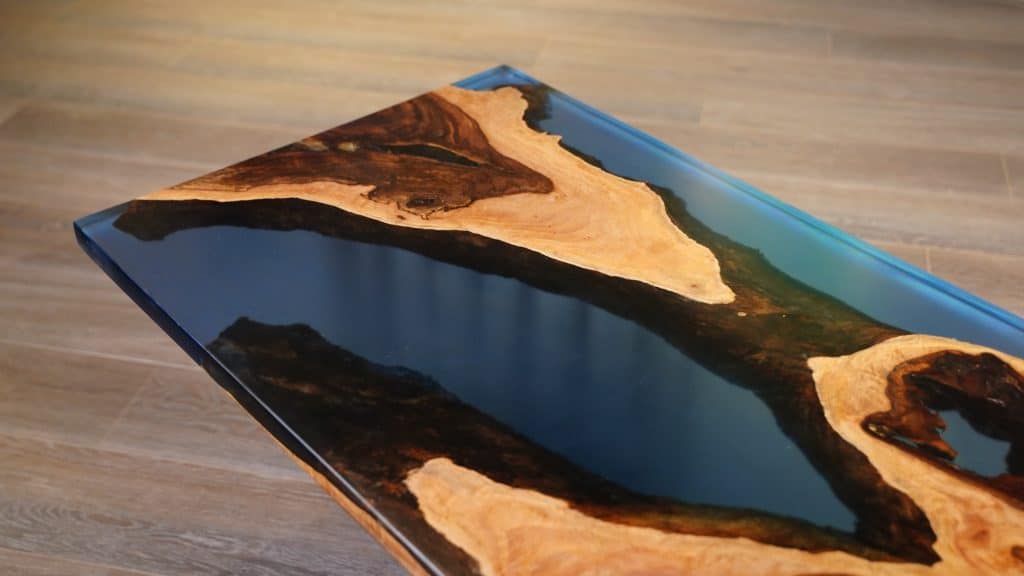
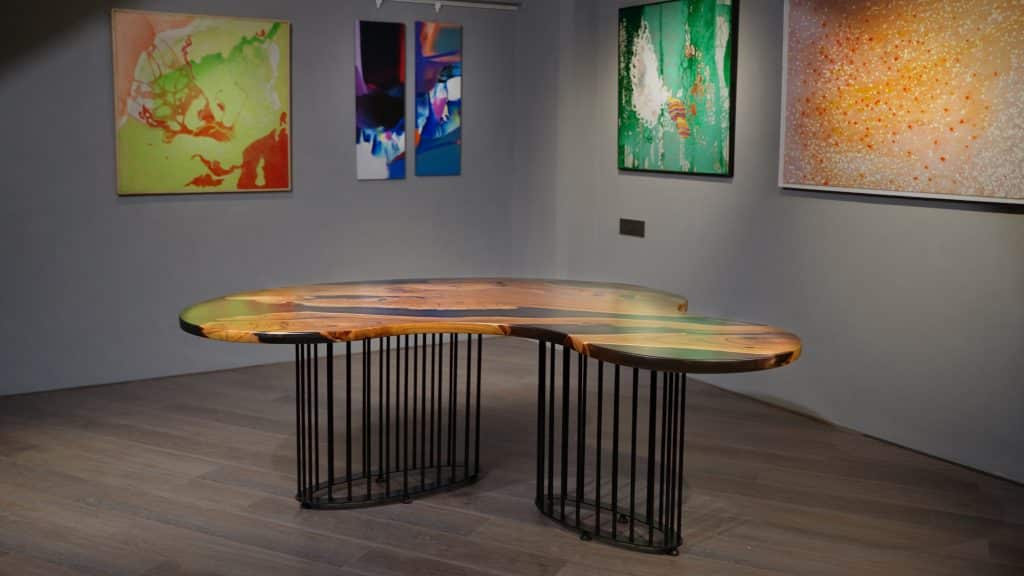



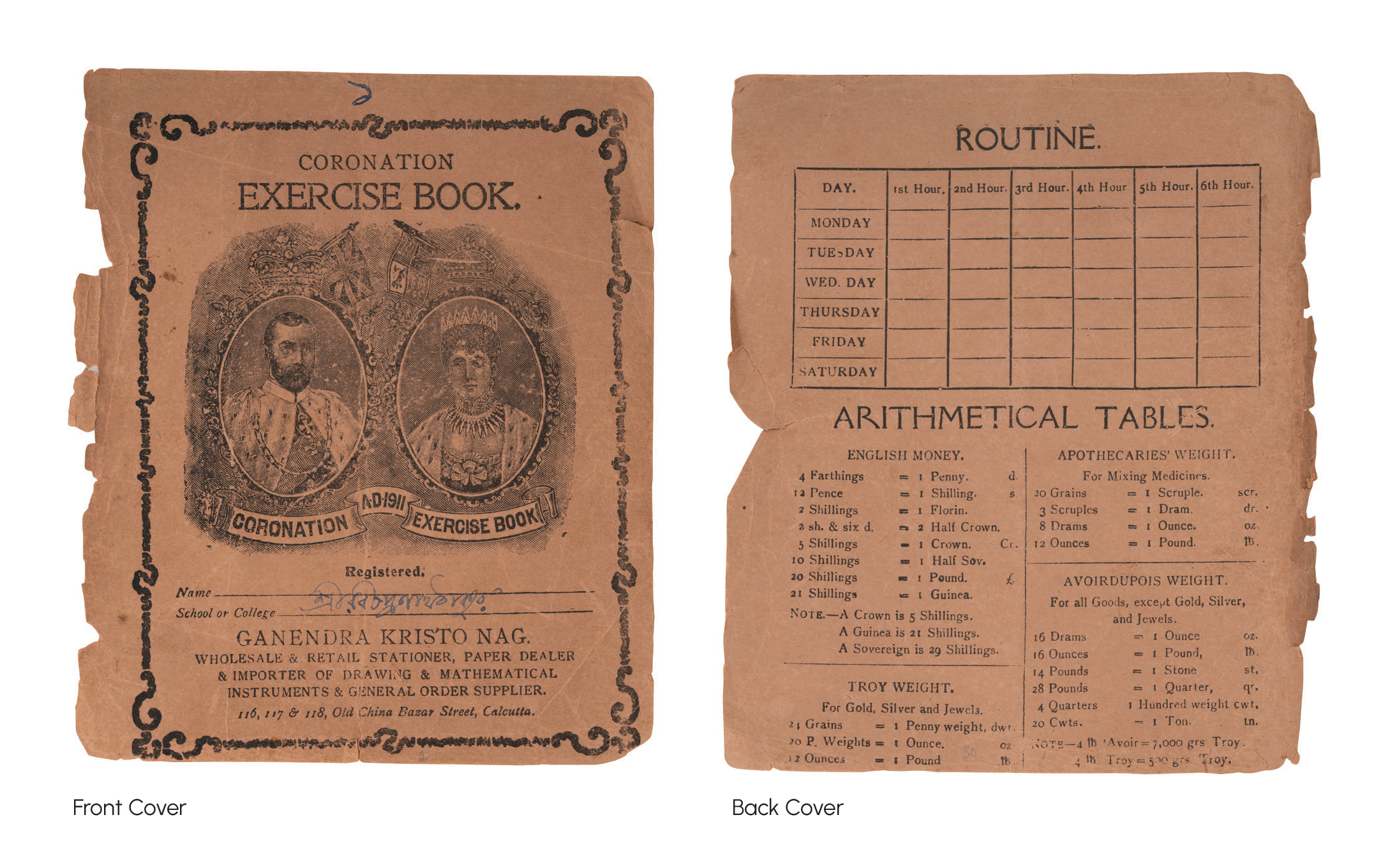

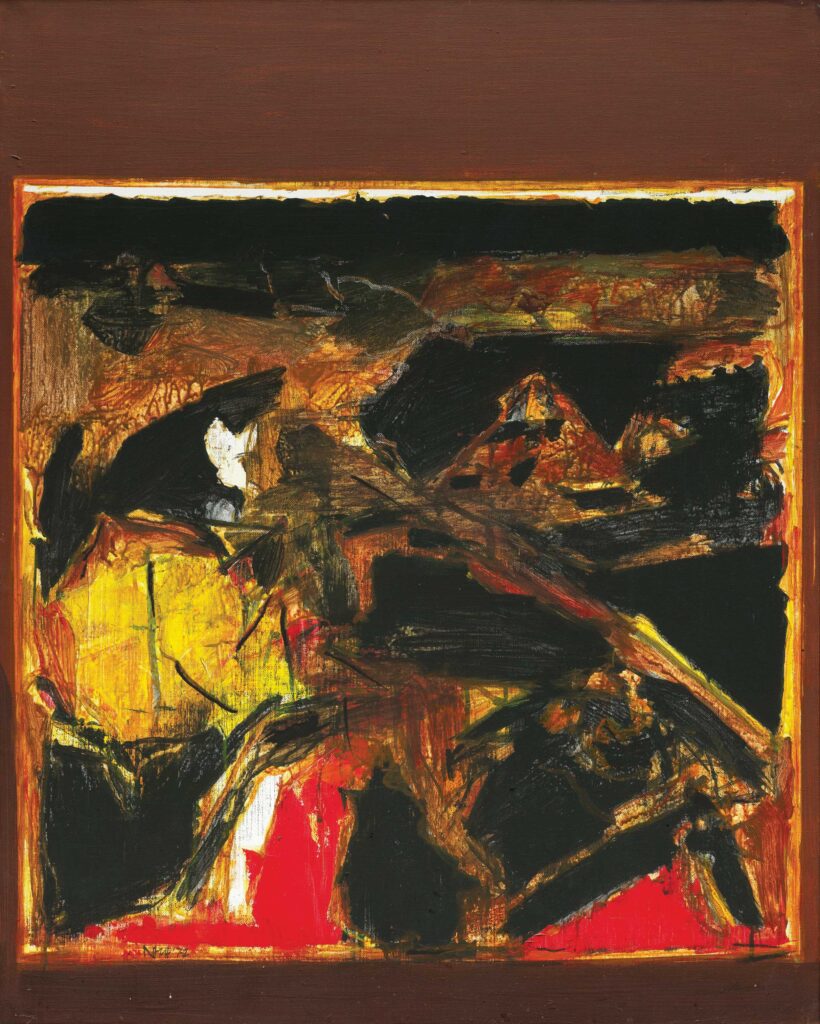
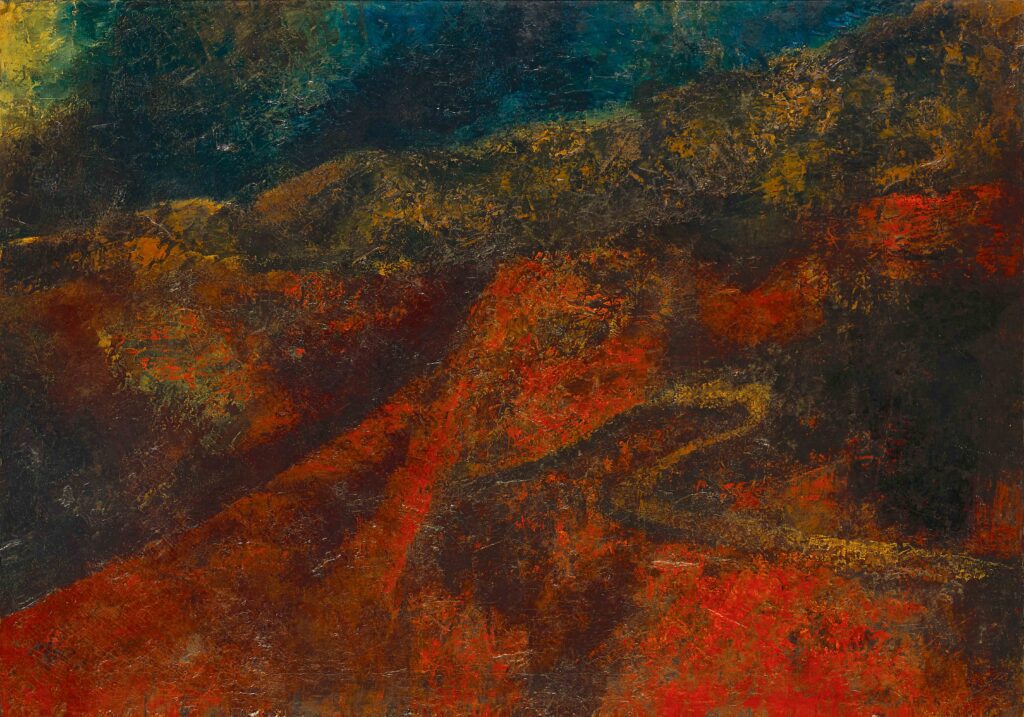
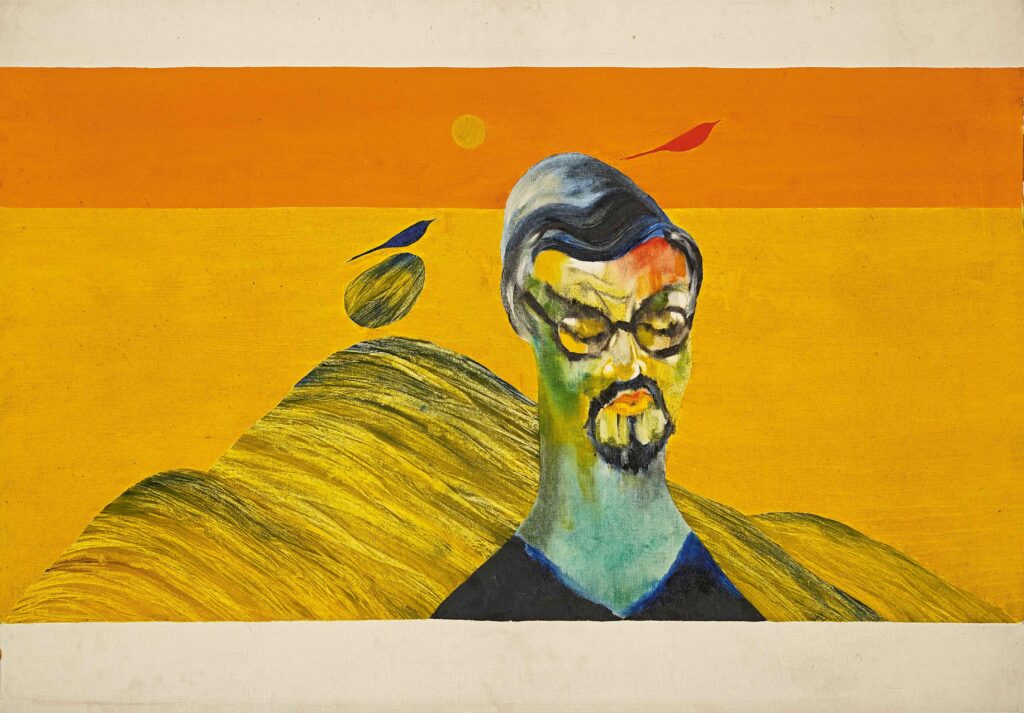
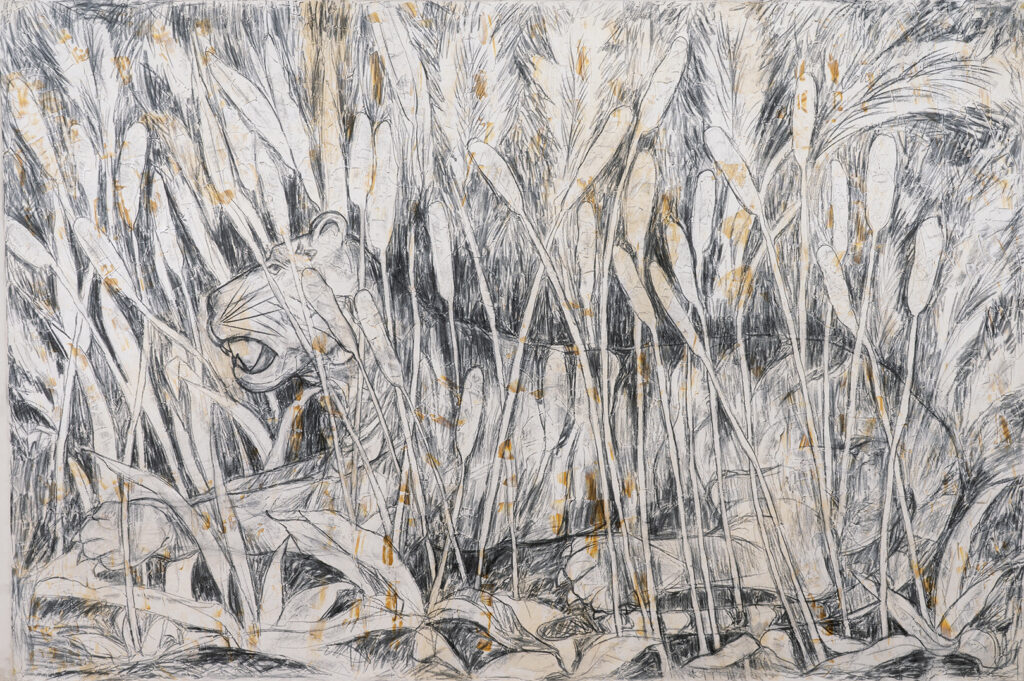
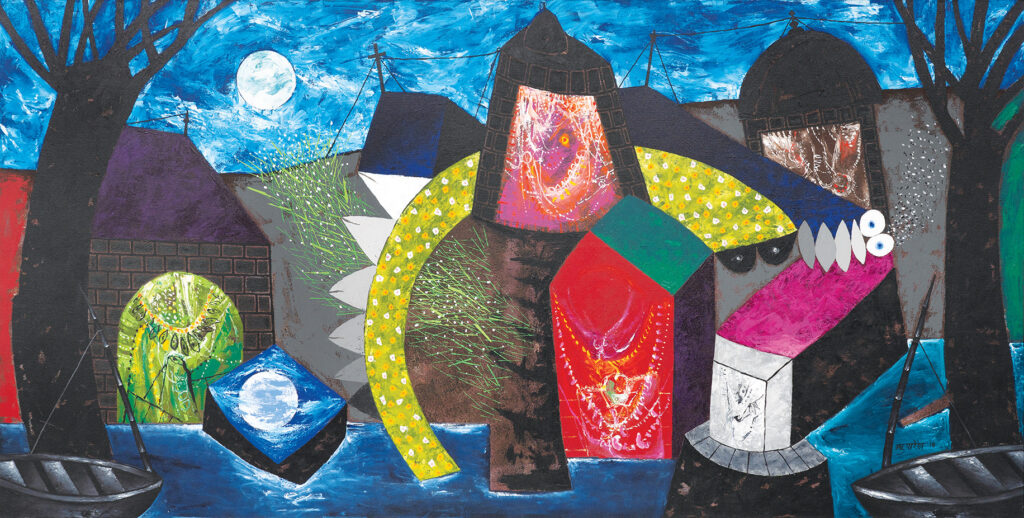













.gif)
.gif)

.jpg)
